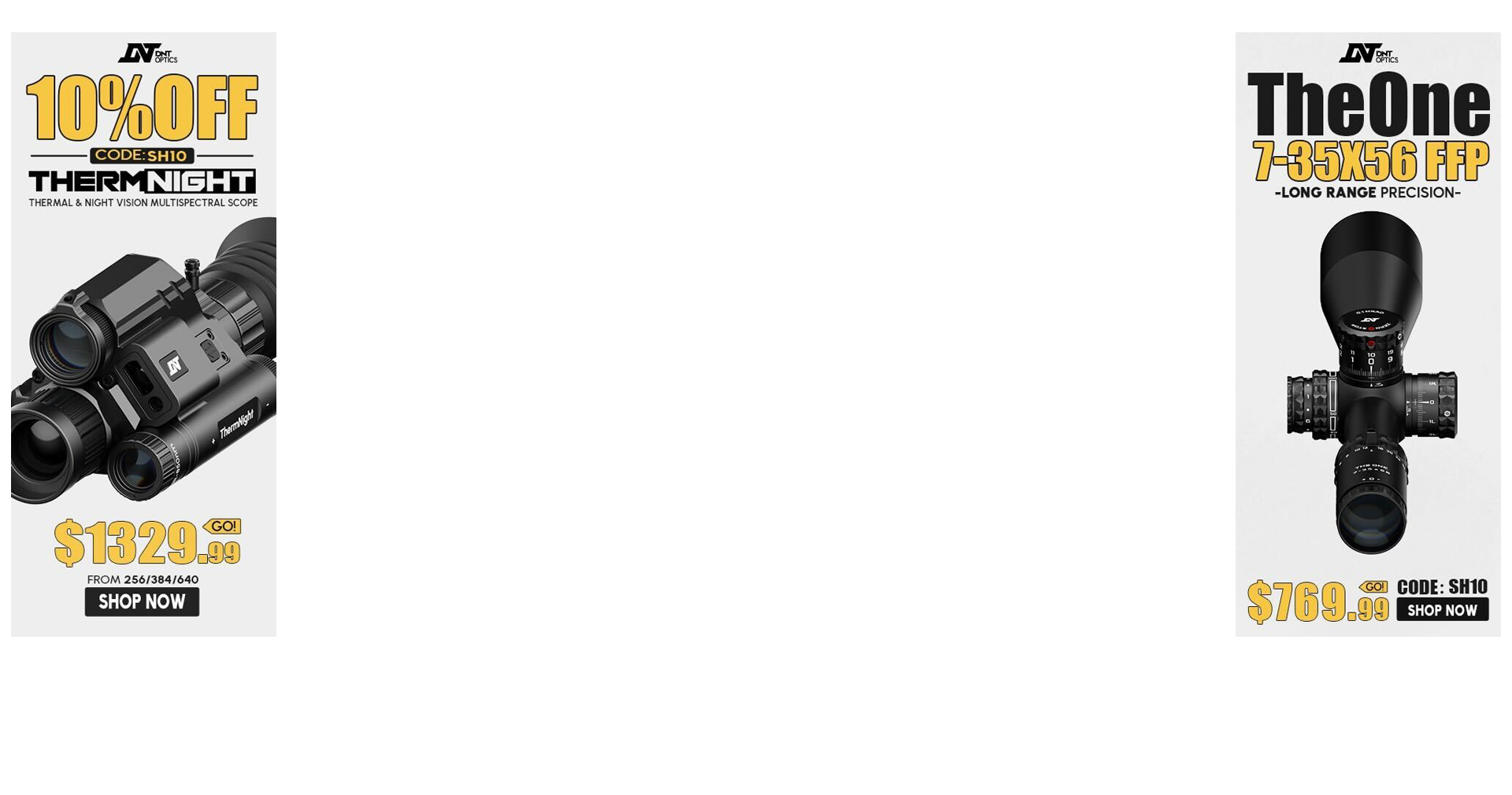Guys, I've seen Ryan Cleckner and others on YouTube saying to utilize the dark "crescenting" of the image when you move your head slightly around to make sure the eye is centered down the scope axis, that, even though parallax adjustment will help, the eye must still be centered to be perfect.
But I'm not seeing a practical use for this reference through my scope, I can sort of move my head around and see from the crescenting that I'm probably not far off center but something seems unstable about it. If I pull my head back to get a full black ring I can guarantee center but its very awkward and unstable, especially trying to add that to my pull and everything else I'm concentrating on.
What is your way of nailing this issue down? Thanks in advance!
But I'm not seeing a practical use for this reference through my scope, I can sort of move my head around and see from the crescenting that I'm probably not far off center but something seems unstable about it. If I pull my head back to get a full black ring I can guarantee center but its very awkward and unstable, especially trying to add that to my pull and everything else I'm concentrating on.
What is your way of nailing this issue down? Thanks in advance!

